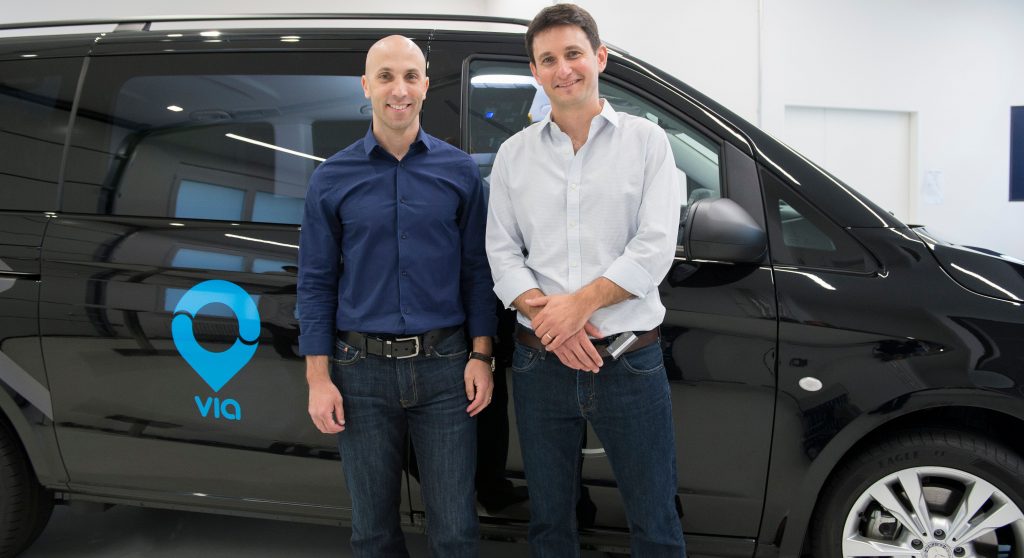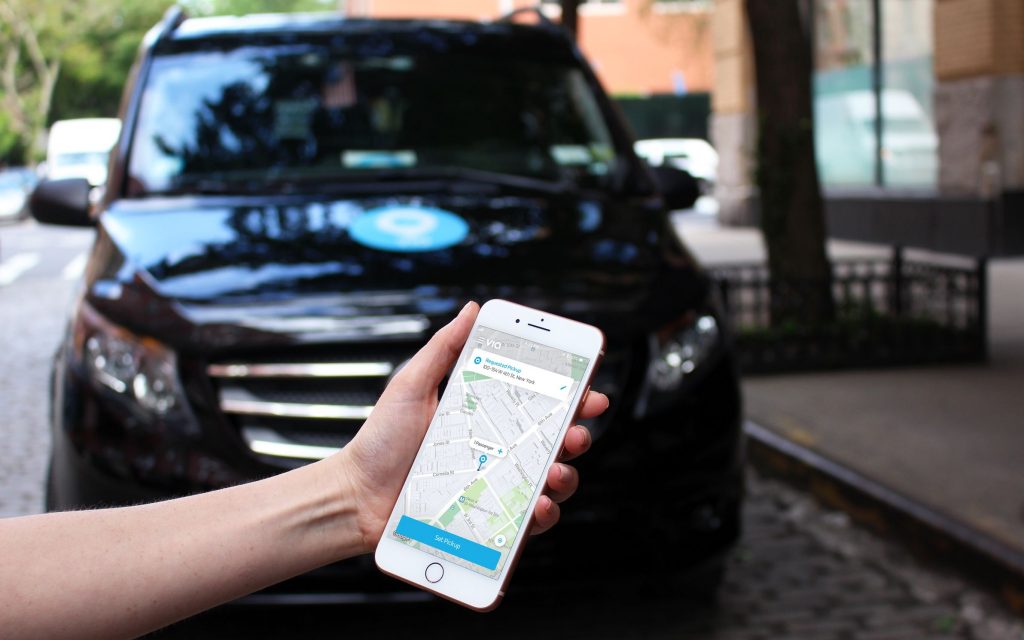In the coming years, Flanders will be provided with a completely renewed transport model. Residents of large cities to residents on the flat land must find their way within the new transport plan. The player who has to 'solve' this for the Flemish community is Via. While services like Uber have built businesses around the world that are constantly competing with cities' existing transportation networks, Via sees a lucrative niche targeting – and partnering with – municipalities.
"While Uber came on the scene with the aim of disrupting city transport, Via started working with municipalities."
The monopoly with De Lijn will be definitively terminated. The American company Via has to arrange public transport of the future in Flanders. The Flemish government has signed a contract with Via to set up a mobility center where you will be able to order all kinds of means of transport in the future via an app, website or telephone. The Flemish government is entering the next phase now that it has become known that all Flemish transport will be in foreign hands. Via will assist with the planning and act as a kind of employee between the journey order (from an app or phone call) and the drivers who actually drive a vehicle. That's pretty advanced technology that transportation companies have traditionally not done very well in the past.
(text continues below image)

'We are going to change the public transport system. We're going to make it better. We're going to tell you better ways to use it, but we're also going to go in and create new forms of transit, like microtransit. We are changing the way vehicles are deployed and the way drivers are scheduled to make the system more efficient.”
Daniel Ramot and CTO Oren Shoval became friends after being recruited into an elite Israeli military research program in the XNUMXs. Today, Ramot is based in New York, while Shoval works out of Tel Aviv.
Via vs Uber
While Uber came on the scene just a few years earlier with the goal of disrupting urban transportation, New York-based Via started working with municipalities and within existing infrastructure. The result: Via now partners with cities such as Miami, Jersey City, Los Angeles, Winnipeg and Arlington, Texas, providing a software platform for on-demand “microtransit” vans, route planning, driver scheduling, smartphone apps and other resources that can help to attract travelers to these transport systems. The aim is to get everyone out of their own transport as much as possible and make use of the 'digital' transport flows. The company's customer list includes more than 500 transportation agencies in 35 countries, and the software enables ride-hailing services for the elderly, people with reduced mobility, schools and colleges, and even private rides for corporate customers.
By partnering directly with local transportation companies, rather than building an actual taxi service, Via has tried to contrast itself with Uber and Lyft, which have had tense relationships with some cities over the years. And while Via relies on independent drivers for the commercial ride services it operates in New York City and Washington, DC, the cities where the Via software platform powers microtransit programs to fill gaps in bus and train services, the cheap rides are operated by local taxi companies or drivers hired by the city.
"There is a fundamental difference in the sense that in one case you say that the public transport system is what it is and I am going to help you, the traveler, to use it in the most efficient way"
Daniel Ramo
The Via company makes Uber-like TransitTech apps customized for individual cities and commuter transit programs to schedule on-demand van rides, keep them informed of transit schedules and connection options, and, in some cases, to buy bus and train tickets in advance. It also shares passenger demand data collected from apps to help carriers adapt bus routes, stops and timetables on a dynamic basis, so often that it can adjust itself once or twice a week to accommodate changing driver and traffic patterns. .
Through financial
According to the sheet Forbes the company has raised $650 million, including $60 million in March, from industrial giants such as Shell and Ferrari parent company Exor, along with numerous venture capital funds. (Porsche is also an indirect investor through Via's acquisition of Fleetonomy.) According to Pitchbook, it's now worth $2,9 billion. Annual revenue was $225 million in 2019, the only year for which data is available, Pitchbook says. The vast majority of that, according to Daniel Ramot, one of the founders of Via, comes from transport services and municipal authorities.
Financially, the company could quickly jump to the next level. Via could be profitable soon and will likely go public in a few months, according to a person familiar with the matter. Ramot will not confirm a specific plan, but has said in the past that Via should be a publicly traded company. “We work with cities and we work with transit agencieshe tells Forbes. “They use taxpayers' money to provide crucial services to people. I believe that such a company should be subject to the scrutiny provided by the public market."
Also read: Flemish mobility center in foreign hands


